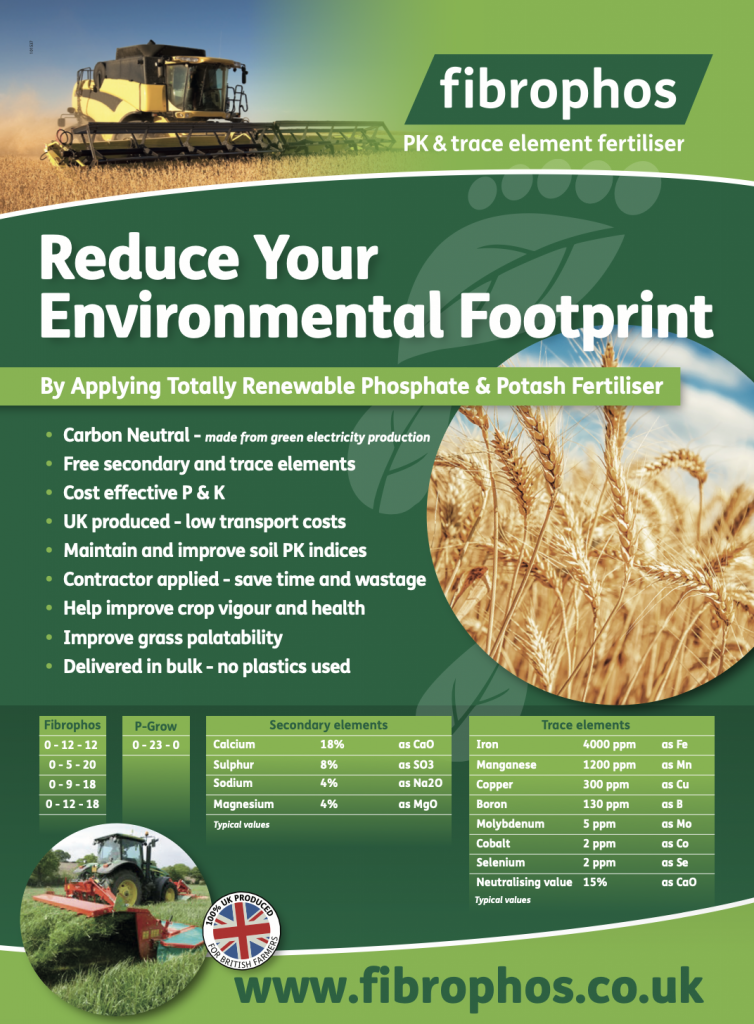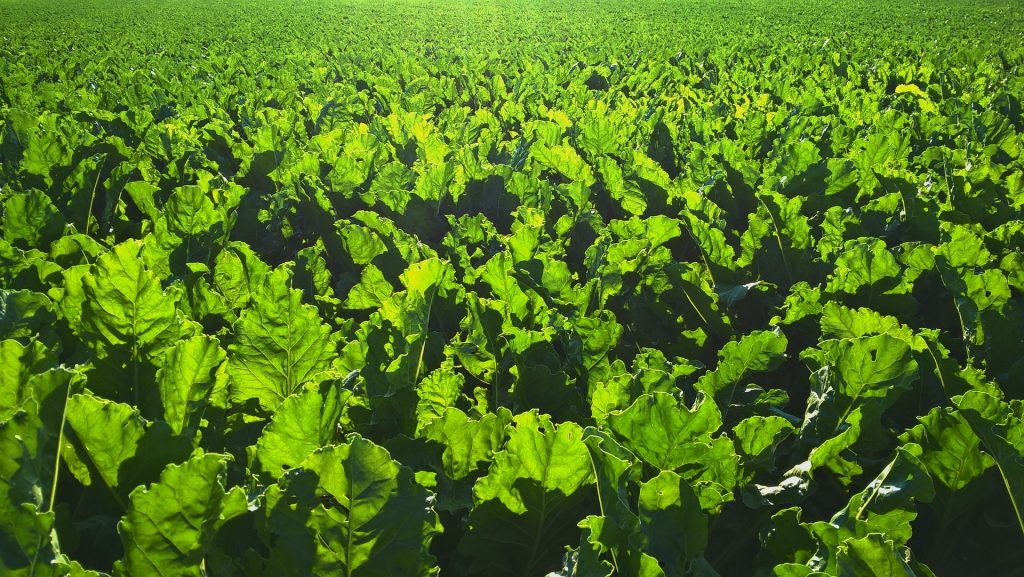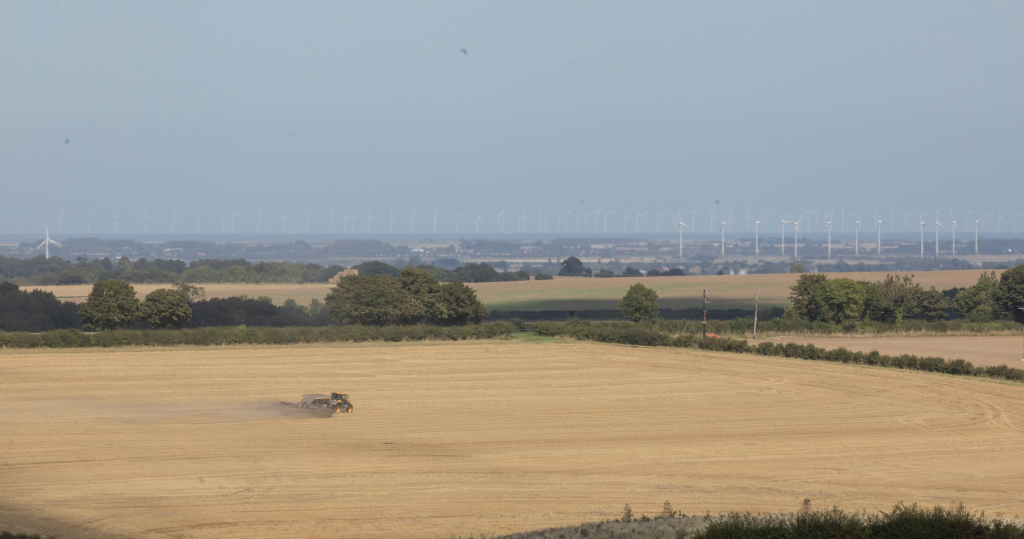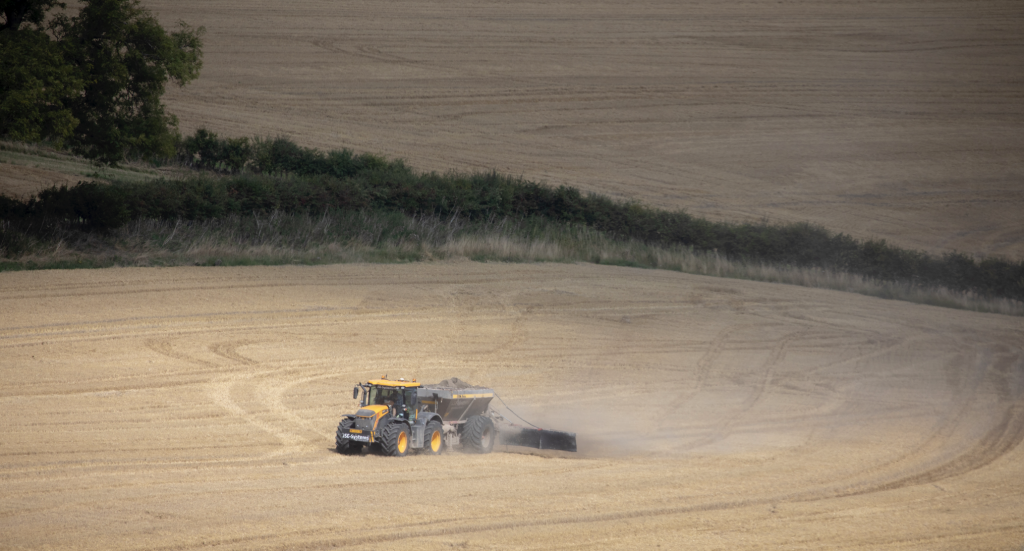Maintaining optimum pH in UK soils is known to be vital for increasing productivity and reducing input costs but by doing so will also help meet the increasingly stringent environmental demands of a sustainable future.
The Professional Agricultural Analysis Group (PAAG) suggests that 41% of arable soils are below the optimum of 6.5 and 57% of grassland soils are below 6.0.
Just a small deviation away from the target pH’s will have a significant impact on soil biology, nitrogen utilisation, uptake of key nutrients and the emissions of nitrogenous gases such as carbon dioxide and nitrous oxide.
Optimum pH ensures microbial activity functions at its full potential and improves the soil’s ability to mineralise key nutrients – so avoids expensive wastage.
Maximise the pH of your soils to minimise unnecessary loses to the environment and apply an all-round balanced nutrient-rich, environmentally friendly fertiliser such as Fibrophos. This will not only keep your P&K levels where they need to be but will also ensure that the trace elements are there to maximise yields and health of all your crops.
Fibrophos PK Fertiliser is carbon-negative at point of manufacture.














